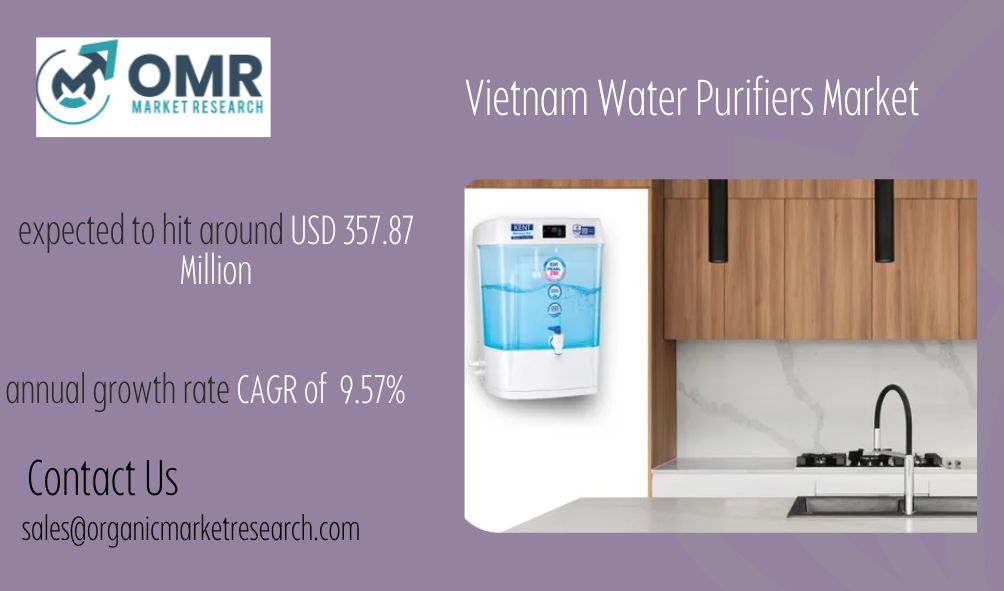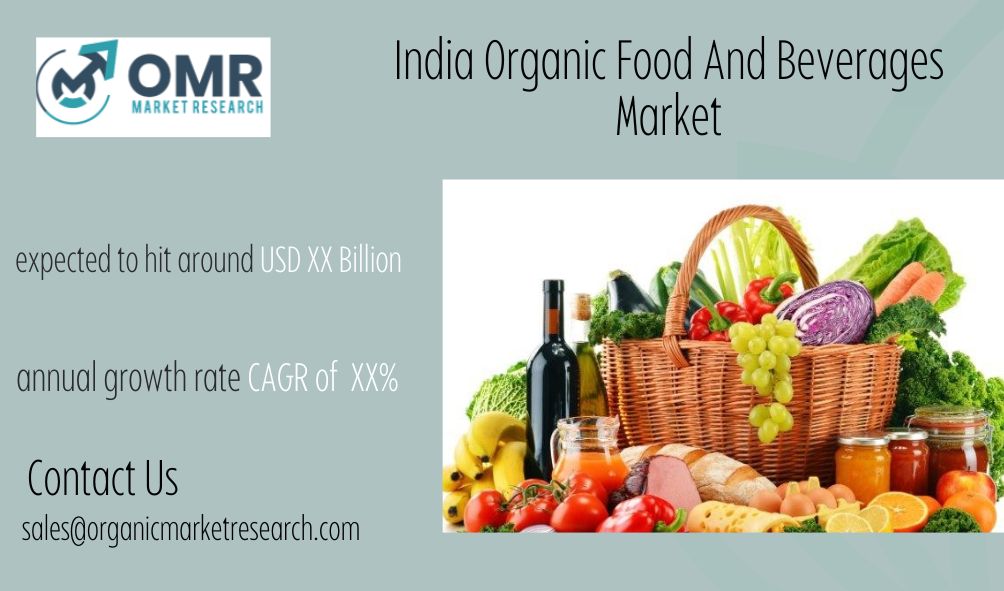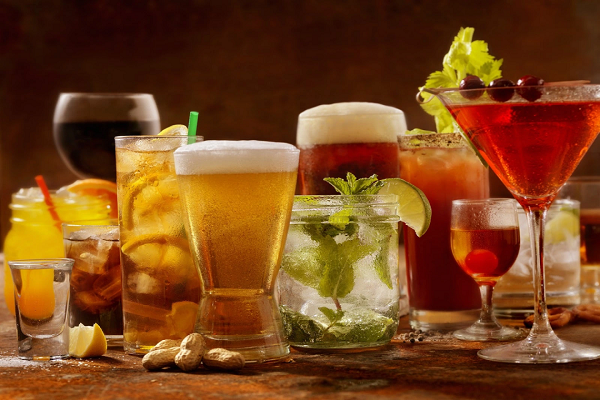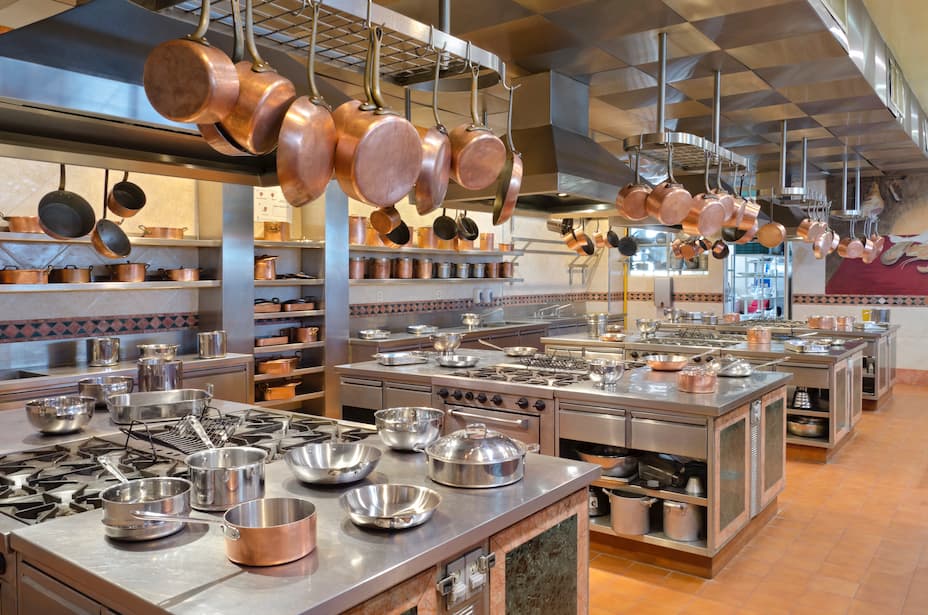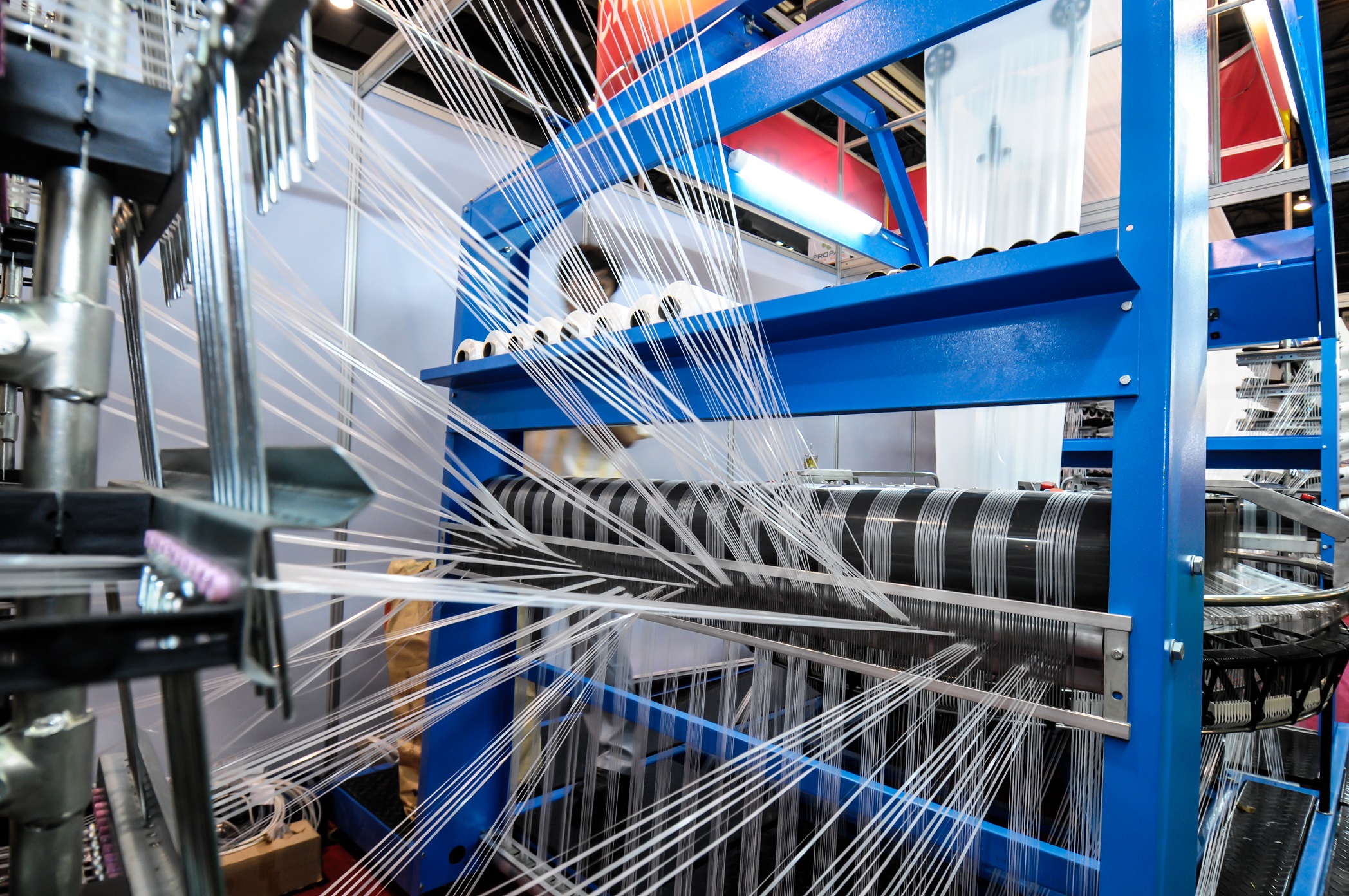Global Alcohol Beverage Ingredients market size was USD 2.67 billion in 2023 and the market is projected to touch USD 4.78 billion by 2032, at a CAGR of 6.68% during the forecast period. Alcohol beverage ingredients include cereals, fruits, vegetables, yeast, enzymes, tastes, colors, and preservatives. These ingredients are necessary for the fermentation process, which improves flavor, shelf life, and general quality of alcoholic beverages. Ingredients are supplied from many places across the world, reflecting local farming techniques and consumer tastes.
The market for alcohol beverage ingredients is driven by various reasons, including the growing demand for diversified and premium alcoholic drinks, increased consumer interest in craft and artisanal beverages, and developments in manufacturing technology. Additionally, there is a rising trend toward natural and organic ingredients, as health-conscious consumers seek beverages with fewer artificial additives. The industry also faces challenges such as regulatory restrictions, supply chain disruptions, and varying raw material costs.
Global Alcohol Beverage Ingredients report scope and segmentation.
| Report Attribute | Details |
| Base Year | 2023 |
| Forecast Years | 2024 – 2032 |
| Estimated Market Value (2023) | USD 2.67 Billion |
| Projected Market Value (2032) | USD 4.78 Billion |
| Segments Covered | By Ingredient Type, By Alcoholic Beverage Type, & By Region. |
| Forecast Units | Value (USD Million or Billion) |
| Quantitative Units | Revenue in USD million/billion and CAGR from 2024 to 2032. |
| Regions Covered | North America, Europe, Asia Pacific, Latin America, and Middle East & Africa. |
| Countries Covered | U.S., Canada, Mexico, U.K., Germany, France, Italy, Spain, China, India, Japan, South Korea, Australia, Brazil, Argentina, GCC Countries, and South Africa, among others. |
Global Alcohol Beverage Ingredients dynamics
One of the key factors is growing customer demand for various and high-quality alcoholic beverages. Craft beers, artisanal spirits, and high-quality wines are becoming increasingly popular, necessitating the use of distinctive and high-quality ingredients. Furthermore, the rise in health consciousness has fuelled demand for natural and organic ingredients, with customers wanting beverages devoid of artificial additives and preservatives. This shift is driving firms to innovate and provide products that match these preferences.
However, the market faces substantial obstacles. Regulatory limits on alcohol manufacturing and sales vary significantly among nations, influencing constituent supply and product formulation. Moreover, fluctuations in raw material costs, driven by agricultural conditions and geopolitical factors, can affect the overall production costs and profitability. Supply chain disruptions, whether due to natural disasters, pandemics, or logistical issues, pose additional risks to the steady supply of essential ingredients.
Global Alcohol Beverage Ingredients drivers
Increasing Consumer Demand for Premium and Craft Beverages
The increasing consumer interest in premium and craft alcoholic beverages is a major driver of the alcohol beverage ingredients industry. Consumers are increasingly looking for unique, high-quality beverages with distinct flavors and qualities. This tendency is especially prevalent among millennials and Generation Z, who value authenticity and are ready to pay a premium for artisanal products. Craft breweries, distilleries, and wineries are on the rise, and they demand specialized, high-quality ingredients to set their products apart from mass-produced alternatives. This trend is boosting demand for distinctive grains, exotic fruits, uncommon botanicals, and high-quality yeast strains, contributing to the expansion of the ingredient market.
Health and Wellness Trends
As health consciousness among consumers rises, there is a growing demand for alcoholic beverages made with natural and organic ingredients. Many consumers are now scrutinizing ingredient lists and prefer products that are free from artificial additives, preservatives, and excessive sugars. This trend has led to an increased interest in beverages that promote perceived health benefits, such as low-calorie, gluten-free, and low-alcohol options. Producers are responding by sourcing organic grains, natural flavourings, and non-GMO ingredients, which in turn boosts the market for these high-quality, health-focused inputs.
- Restraints:
Regulatory Challenges
The alcohol beverage ingredients market is heavily regulated, with stringent laws governing the production, distribution, and sale of alcoholic beverages. These regulations vary significantly across different countries and regions, posing a challenge for producers who operate on a global scale. Compliance with diverse regulatory standards can be costly and time-consuming, and changes in legislation can create uncertainty in the market. For instance, regulations around labeling, permissible additives, and alcohol content can impact ingredient sourcing and product formulation, restricting market growth.
Supply Chain Disruptions
The market is particularly prone to supply chain disruptions, which can have a major effect the availability and pricing of critical ingredients. Natural disasters, geopolitical tensions, and global pandemics can all disrupt supply chains, causing shortages and price volatility. Adverse weather conditions, for example, might have an impact on agricultural production, limiting the supply of grains, fruits, and other essential ingredients. Furthermore, logistical concerns, such as transportation bottlenecks and port closures, can delay shipments and increase costs, creating a challenge to companies who rely on a consistent supply of raw materials.
- Opportunities:
Technological Advancements
Advances in production technology have created considerable potential for the alcohol beverage components market. Biotechnology innovations, for example, are allowing the development of new yeast strains and enzymes that can improve the fermentation process, flavor profiles, and production efficiency. Furthermore, developments in agricultural technology might result in increased yields and higher-quality raw resources. Producers can use these technologies to generate more diversified and inventive products that cater to the changing interests of consumers. Adopting these technologies can also help to reduce production costs and minimize the environmental impact of alcohol production.
- Segment Overview
The alcohol beverage ingredients market is segmented by ingredient type into yeast, enzymes, colorants, and flavors & salts. Yeast is a crucial ingredient, driving the fermentation process that converts sugars into alcohol and influences the flavor and aroma of the beverage. Various yeast strains are utilized to make different sorts of alcoholic beverages, each with its own distinct properties. Enzymes are introduced to improve fermentation efficiency, yield, and the taste and purity of the beverage. They help to break down complex carbohydrates into simpler sugars, making them necessary for consistent and high-quality production. Colorants are used to create visually appealing products, which is especially important in spirits and liqueurs where color uniformity is essential. Natural and synthetic colorants are utilized according to regulatory clearances and consumer preferences. Flavors and salts are essential for establishing distinct flavor profiles and improving the sensory experience of the beverage. Flavors can be natural or artificial, while salts are used to balance sweetness, bitterness, and enhance overall flavor complexity. Together, these ingredients play a pivotal role in differentiating products in a highly competitive market.
The market is also segmented by alcoholic beverage type, which includes beer, spirits, wine, and others. Beer is one of the largest segments, requiring specific ingredients like hops, malt, and specialized yeast strains that contribute to its diverse flavor profiles and types, from lagers to ales. The spirit segment includes products like whiskey, vodka, rum, and gin, which rely heavily on high-quality grains, botanicals, and distillation processes to achieve their unique characteristics. Wine production depends on the quality of grapes and the yeast used for fermentation, with variations in these ingredients resulting in different types of wine such as red, white, and sparkling.
Global Alcohol Beverage Ingredients Overview by Region
North America, particularly the United States, is a significant market due to its high alcoholic beverage consumption and the growing popularity of artisan breweries and distilleries. The desire for premium and creative products drives the need for high-quality, diversified ingredients. Europe, with its rich history of wine and beer manufacturing, remains a prominent role. Countries with well-established markets for specialist ingredients include Germany, France, and Italy, which are driven by their renowned beer and wine industries. The region also sees a growing demand for natural and organic ingredients since people are becoming more health conscious.
Asia-Pacific is a dynamic and quickly expanding market, with China, India, and Japan leading the way. The growing middle class, urbanization, and rising disposable income all contribute to increased use of alcoholic beverages. Traditional Japanese beverages such as sake, as well as new trends in craft brewers and spirits, are driving up demand for specialist ingredients. The region’s diversified environment also promotes the production of a wide range of raw materials utilized in the beverage industry.
Latin America has huge potential for growth due to its young population and expanding urbanization. Brazil and Mexico are important markets, having a long legacy of local alcoholic beverages such as cachaça and tequila. The region is seeing a rise in the popularity of craft beers and premium spirits, which is driving the demand for high-quality ingredients.
Global Alcohol Beverage Ingredients market competitive landscape
Cargill, Incorporated, ADM (Archer Daniels Midland Company), and Chr. Hansen Holding A/S lead the market with their diverse product portfolios and global distribution networks. These corporations use their huge resources to invest in R&D, allowing them to innovate and provide a comprehensive choice of high-quality ingredients to alcoholic beverage producers around the world. Their strong commitment to sustainability and adherence to high regulatory standards also give them a competitive advantage.
In addition to these major players, the industry has several regional and specialty businesses that contribute to its dynamic. These smaller companies often specialize in unique or organic ingredients, catering to the growing demand for natural and artisanal products. Their agility allows them to quickly adapt to emerging trends and consumer preferences, such as the increasing popularity of craft beverages and health-conscious choices. Collaborations and partnerships between ingredient suppliers and beverage producers are common, fostering innovation and ensuring the consistent quality of end products.
Global Alcohol Beverage Ingredients Recent Developments
- In April 2024, Aviation American Gin announced to launch six special edition bottles inspired by the upcoming Deadpool & Wolverine film, set for release on July 26. These black glass bottles, adorned with red custom strip stamps and metallic details, are described as the ‘ultimate collector’s item’ for fans of both the movie and the gin. Each variant features one of six unique Deadpool icons, paying tribute to the iconic character.
Scope of global Alcohol Beverage Ingredients report
Global Alcohol Beverage Ingredients report segmentation
| ATTRIBUTE | DETAILS |
| By Ingredient Type | YeastEnzymesColorantsFlavors & Salts |
| By Alcoholic Beverage Type | BeerSpiritWineOthers |
| Customization Scope | Available upon request |
| Pricing | Available upon request |
Table of Contents
- Market Scope and Research Methodology
- Market Segmentation & Scope
- Market Definition
- Research Methodology
- Our Internal Database
- Paid Sources Database
- Secondary Sources & Third-Party Perspectives
- Primary Research, Experts Interviews and Market Surveys
- Research Objective
- Data Validation & Publishing
- Executive Summary
- Market Outlook
- Segmental Analysis
- Alcohol Beverage Ingredients Market Dynamics
- Market Introduction
- Market Drivers
- Increasing Consumer Demand for Premium and Craft Beverages
- Health and Wellness Trends
- Market Restraints
- Regulatory Challenges
- Supply Chain Disruptions
- Industry Challenges
- Industry Opportunities
- Regulatory Frameworks
- Patent Trends
- Covid-19 Impact Analysis
- Market Strategic Analysis
- Industry Analysis – Porter’s
- Supplier Power
- Buyer Power
- Substitution Threat
- Threat from New Entrant
- Competitive Rivalry
- PESTEL Analysis
- Consumer behaviour analysis
- Consumer response to the product
- Factors affecting buying decision
- Other recommendations
- Industry Analysis – Porter’s
- Alcohol Beverage Ingredients Market: Ingredient Type Estimates & Trend Analysis
- Ingredient Type Movement Analysis & Market Share, 2023 & 2032
- Yeast
- Market estimates and forecast, 2024-2032, (USD Billion)
- Enzymes
- Market estimates and forecast, 2024-2032, (USD Billion)
- Colorants
- Market estimates and forecast, 2024-2032, (USD Billion)
- Flavors & Salts
- Market estimates and forecast, 2024-2032, (USD Billion)
- Alcohol Beverage Ingredients Market: Alcoholic Beverage Type Estimates & Trend Analysis
- Alcoholic Beverage Type Movement Analysis & Market Share, 2023 & 2032
- Beer
- Market estimates and forecast, 2024-2032, (USD Billion)
- Spirit
- Market estimates and forecast, 2024-2032, (USD Billion)
- Wine
- Market estimates and forecast, 2024-2032, (USD Billion)
- Others
- Market estimates and forecast, 2024-2032, (USD Billion)
- Alcohol Beverage Ingredients Market: Regional Estimates & Trend Analysis
- Regional Movement Analysis & Market Share, 2023 & 2032
- North America
- Market estimates and forecast, 2024-2032, (USD Billion)
- Market estimates and forecast, by Ingredient Type, 2024-2032, (USD Billion)
- Market estimates and forecast, by Alcoholic Beverage Type, 2024-2032, (USD Billion)
- U.S.
- Market estimates and forecast, 2024-2032, (USD Billion)
- Market estimates and forecast, by Ingredient Type, 2024-2032, (USD Billion)
- Market estimates and forecast, by Alcoholic Beverage, 2024-2032, (USD Billion)
- Canada
- Market estimates and forecast, 2024-2032, (USD Billion)
- Market estimates and forecast, by Ingredient Type, 2024-2032, (USD Billion)
- Market estimates and forecast, by Alcoholic Beverage, 2024-2032, (USD Billion)
- Europe
- Market estimates and forecast, 2024-2032, (USD Billion)
- Market estimates and forecast, by Ingredient Type, 2024-2032, (USD Billion)
- Market estimates and forecast, by Alcoholic Beverage Type, 2024-2032, (USD Billion)
- Germany
- Market estimates and forecast, 2024-2032, (USD Billion)
- Market estimates and forecast, by Ingredient Type, 2024-2032, (USD Billion)
- Market estimates and forecast, by Alcoholic Beverage, 2024-2032, (USD Billion)
- UK
- Market estimates and forecast, 2024-2032, (USD Billion)
- Market estimates and forecast, by Ingredient Type, 2024-2032, (USD Billion)
- Market estimates and forecast, by Alcoholic Beverage, 2024-2032, (USD Billion)
- France
- Market estimates and forecast, 2024-2032, (USD Billion)
- Market estimates and forecast, by Ingredient Type, 2024-2032, (USD Billion)
- Market estimates and forecast, by Alcoholic Beverage, 2024-2032, (USD Billion)
- Spain
- Market estimates and forecast, 2024-2032, (USD Billion)
- Market estimates and forecast, by Ingredient Type, 2024-2032, (USD Billion)
- Market estimates and forecast, by Alcoholic Beverage, 2024-2032, (USD Billion)
- Rest of Europe
- Market estimates and forecast, 2024-2032, (USD Billion)
- Market estimates and forecast, by Ingredient Type, 2024-2032, (USD Billion)
- Market estimates and forecast, by Alcoholic Beverage, 2024-2032, (USD Billion)
- Asia Pacific
- Market estimates and forecast, 2024-2032, (USD Billion)
- Market estimates and forecast, by Ingredient Type, 2024-2032, (USD Billion)
- Market estimates and forecast, by Alcoholic Beverage Type, 2024-2032, (USD Billion)
- China
- Market estimates and forecast, 2024-2032, (USD Billion)
- Market estimates and forecast, by Ingredient Type, 2024-2032, (USD Billion)
- Market estimates and forecast, by Alcoholic Beverage, 2024-2032, (USD Billion)
- India
- Market estimates and forecast, 2024-2032, (USD Billion)
- Market estimates and forecast, by Ingredient Type, 2024-2032, (USD Billion)
- Market estimates and forecast, by Alcoholic Beverage, 2024-2032, (USD Billion)
- Japan
- Market estimates and forecast, 2024-2032, (USD Billion)
- Market estimates and forecast, by Ingredient Type, 2024-2032, (USD Billion)
- Market estimates and forecast, by Alcoholic Beverage, 2024-2032, (USD Billion)
- South Korea
- Market estimates and forecast, 2024-2032, (USD Billion)
- Market estimates and forecast, by Ingredient Type, 2024-2032, (USD Billion)
- Market estimates and forecast, by Alcoholic Beverage, 2024-2032, (USD Billion)
- Australia
- Market estimates and forecast, 2024-2032, (USD Billion)
- Market estimates and forecast, by Ingredient Type, 2024-2032, (USD Billion)
- Market estimates and forecast, by Alcoholic Beverage, 2024-2032, (USD Billion)
- Southeast Asia
- Market estimates and forecast, 2024-2032, (USD Billion)
- Market estimates and forecast, by Ingredient Type, 2024-2032, (USD Billion)
- Market estimates and forecast, by Alcoholic Beverage, 2024-2032, (USD Billion)
- Rest of Asia Pacific
- Market estimates and forecast, 2024-2032, (USD Billion)
- Market estimates and forecast, by Ingredient Type, 2024-2032, (USD Billion)
- Market estimates and forecast, by Alcoholic Beverage, 2024-2032, (USD Billion)
- Middle East & Africa
- Market estimates and forecast, 2024-2032, (USD Billion)
- Market estimates and forecast, by Ingredient Type, 2024-2032, (USD Billion)
- Market estimates and forecast, by Alcoholic Beverage Type, 2024-2032, (USD Billion)
- GCC
- Market estimates and forecast, 2024-2032, (USD Billion)
- Market estimates and forecast, by Ingredient Type, 2024-2032, (USD Billion)
- Market estimates and forecast, by Alcoholic Beverage, 2024-2032, (USD Billion)
- Turkey
- Market estimates and forecast, 2024-2032, (USD Billion)
- Market estimates and forecast, by Ingredient Type, 2024-2032, (USD Billion)
- Market estimates and forecast, by Alcoholic Beverage, 2024-2032, (USD Billion)
- Africa
- Market estimates and forecast, 2024-2032, (USD Billion)
- Market estimates and forecast, by Ingredient Type, 2024-2032, (USD Billion)
- Market estimates and forecast, by Alcoholic Beverage, 2024-2032, (USD Billion)
- Rest of MEA
- Market estimates and forecast, 2024-2032, (USD Billion)
- Market estimates and forecast, by Ingredient Type, 2024-2032, (USD Billion)
- Market estimates and forecast, by Alcoholic Beverage, 2024-2032, (USD Billion)
- Latin America
- Market estimates and forecast, 2024-2032, (USD Billion)
- Market estimates and forecast, by Ingredient Type, 2024-2032, (USD Billion)
- Market estimates and forecast, by Alcoholic Beverage Type, 2024-2032, (USD Billion)
- Brazil
- Market estimates and forecast, 2024-2032, (USD Billion)
- Market estimates and forecast, by Ingredient Type, 2024-2032, (USD Billion)
- Market estimates and forecast, by Alcoholic Beverage, 2024-2032, (USD Billion)
- Mexico
- Market estimates and forecast, 2024-2032, (USD Billion)
- Market estimates and forecast, by Ingredient Type, 2024-2032, (USD Billion)
- Market estimates and forecast, by Alcoholic Beverage, 2024-2032, (USD Billion)
- Argentina
- Market estimates and forecast, 2024-2032, (USD Billion)
- Market estimates and forecast, by Ingredient Type, 2024-2032, (USD Billion)
- Market estimates and forecast, by Alcoholic Beverage, 2024-2032, (USD Billion)
- Rest of Latin America
- Market estimates and forecast, 2024-2032, (USD Billion)
- Market estimates and forecast, by Ingredient Type, 2024-2032, (USD Billion)
- Market estimates and forecast, by Alcoholic Beverage, 2024-2032, (USD Billion)
- Competitive Analysis
- Key global players, recent developments & their impact on the industry
- Key Company/Competition Categorization (Key innovators, Market leaders, Emerging players)
- Vendor Landscape
- Key company market share analysis, 2021
- Company Profiles
- Ashland Inc.
- Company Overview
- Financial Analysis
- Product Benchmarking
- Key development
- Business Strategy
- SWOT Analysis
- Chr Hansen Holdings A/S
- Company Overview
- Financial Analysis
- Product Benchmarking
- Key development
- Business Strategy
- SWOT Analysis
- D. Williamson & Co. Inc.
- Company Overview
- Financial Analysis
- Product Benchmarking
- Key development
- Business Strategy
- SWOT Analysis
- Dohler Group
- Company Overview
- Financial Analysis
- Product Benchmarking
- Key development
- Business Strategy
- SWOT Analysis
- Kerry Group PLC
- Company Overview
- Financial Analysis
- Product Benchmarking
- Key development
- Business Strategy
- SWOT Analysis
- Koninklijke DSM NV
- Company Overview
- Financial Analysis
- Product Benchmarking
- Key development
- Business Strategy
- SWOT Analysis
- Sensient Technologies Corporation
- Company Overview
- Financial Analysis
- Product Benchmarking
- Key development
- Business Strategy
- SWOT Analysis
- Treatt PLC
- Company Overview
- Financial Analysis
- Product Benchmarking
- Key development
- Business Strategy
- SWOT Analysis
- Archer Daniels Midland Company
- Company Overview
- Financial Analysis
- Product Benchmarking
- Key development
- Business Strategy
- SWOT Analysis
- Cargill
- Company Overview
- Financial Analysis
- Product Benchmarking
- Key development
- Business Strategy
- SWOT Analysis
- Ashland Inc.
Contact Us:
Mob : +91 9319642100
Noida One Tower Sec 62 Noida 201301
Sales : sales@organicmarketresearch.com
Website : https://www.organicmarketresearch.com

